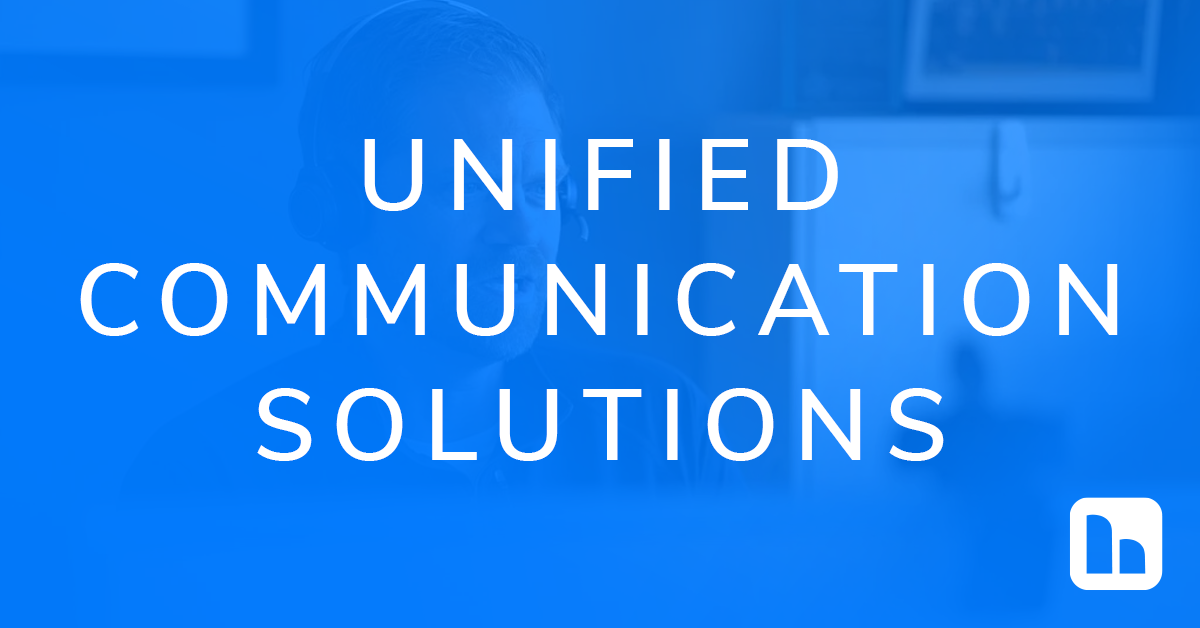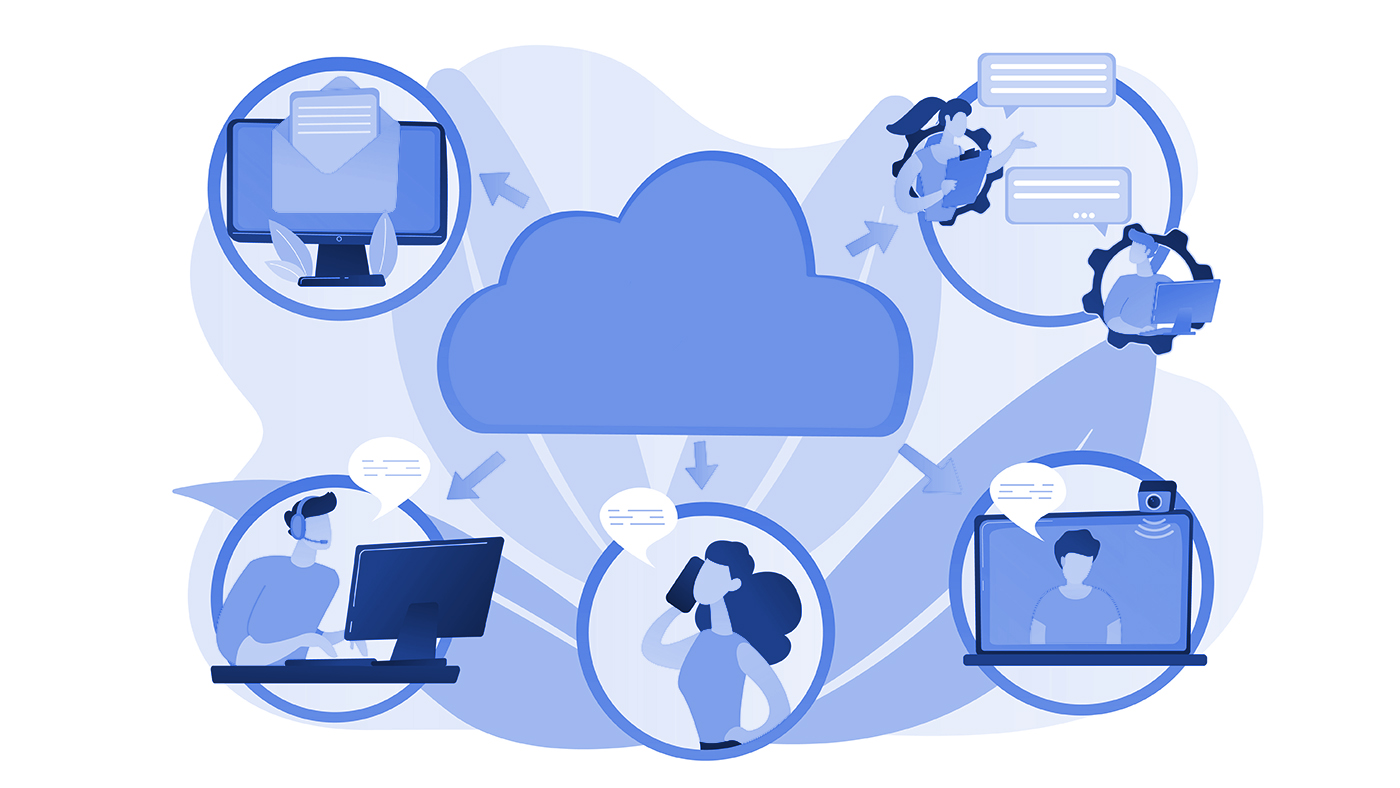E911 Compliance: Considerations when Upgrading Your Communications System
- Written by: Ryan Mosher

Editor’s note: This article provides no legal guidance. We recommend those responsible for 911 location and call routing management consult with appropriate legal counsel to determine their organization’s risk and potential liability.
No matter the industry, the size of a company, or the differing business operations, a near-universal truth is that employee, visitor, and constituent safety is the top priority of any organization. Ensuring the safety and well-being of everyone in your organization, regardless of location, is paramount.
Businesses in the US have been phasing out analog phone systems over the last 15 years or so, with the pandemic accelerating the move to VoIP thanks to a global shift to hybrid and remote work.
As businesses upgrade their communications systems, access to emergency response is a critical part of organizational safety.
Enter E911.
Understanding E911 Compliance
If you’re here, that probably means you are about to upgrade your organization’s communications system and are looking for information about E911 compliance.
Enhanced 911 (E911) is a critical system that enables emergency services to quickly locate and assist individuals during emergencies. Key federal and state regulations, including Kari’s Law and RAY BAUM’s Act, mandate unrestricted 911 dialing and accurate location transmission for all multi-line telephone systems (MLTS) installed after February 2020.
One of the key responsibilities of anyone who manages phone systems for an organization is meeting E911 requirements, both federally and in your state(s), and possible Next Generation 911 (NG911) considerations.
Key Regulations: Kari’s Law and RAY BAUM’s Act
Enacted in August 2019, these laws mandate that businesses ensure unrestricted 911 dialing and precise location transmission. Anyone dialing 911 must be able to do so without any additional requirements to dial out, and all 911 calls must include a valid dispatchable location conveyed to dispatch centers.
Additional E911 requirements by state.
It is important to note both Kari’s Law and the RAY BAUM act apply to any and all multi-line telephone systems (MLTS) installed after February 16, 2020.
The E911 Compliance Challenge
Achieving E911 compliance can seem to be complex, especially for businesses migrating to cloud-based systems like Microsoft Teams or Webex.
Ensuring accurate location data for remote or hybrid workers for example, adds another layer of complexity. This is, by no means, an insurmountable hurdle to comply with E911 laws, especially when you engage with a Unified Communications partner like HBS.
Compliance Strategies
- Assess Your System: Conduct a thorough inventory of all communication devices and ensure your network can accurately detect and relay their locations.
- Consult Experts: Seek guidance from trusted and experienced communication providers like HBS, especially if your organization lacks in-house technical expertise.
- Stay Informed: Regularly update your knowledge about E911 laws, especially as NG911 becomes more prevalent.
- Employee Training: Educate your staff about how to effectively use the updated communication systems in emergencies.
Unified Communications Tools and E911 Regulations
The good news for anyone considering a UC tool like Microsoft Teams or Webex is that they can be easily configured for E911 compliance. It is important to regularly update these platforms when updates are released and using a UCaaS partner can be an invaluable way to achieve compliance and peace of mind.
As an example of a UCaaS solution complying with E911 regulations: Microsoft, using its own Teams technology, transitioned 172 buildings across the United States, as well as remote workers in innumerable locales, to Teams Phone. This included mapping 140,000 network jack/wireless access points to provide a specific physical location for emergency response.
Reaching E911 Compliance
E911 compliance isn’t just about adhering to laws; it’s about ensuring the safety and well-being of your employees and visitors. As communication technologies evolve, staying ahead in compliance is vital for every organization.
HBS offers proven E911 solutions from best-in-class vendor partnerships—reach out today and allow us to update and strengthen your organization’s communications.
Related Content

Unified Communication Solutions
Enhance collaboration with unified communications solutions from HBS. Simplify your communication tools with a customized solution with your goals in mind.

Transform Your Business with Cloud-Based Communication Solutions
Discover how UCaaS transforms business communication, offering scalability, cost-efficiency, and remote accessibility.

Compliance is Not Security
Despite common misconceptions, compliance is not security. Knowing the difference and why it matters could mean better, long-term protection for your business.






